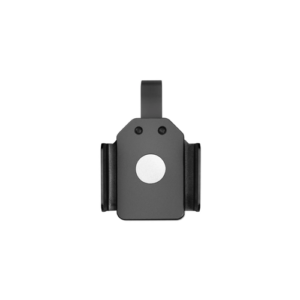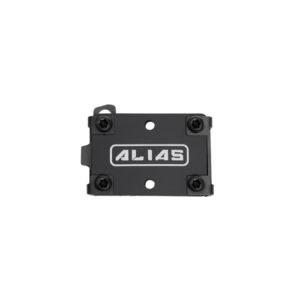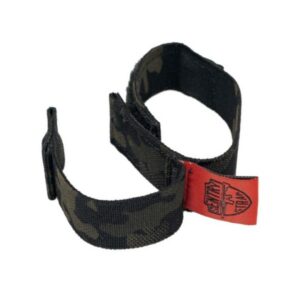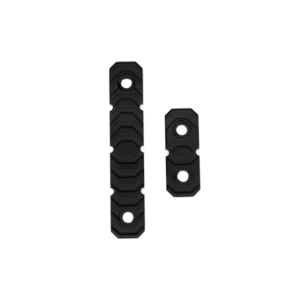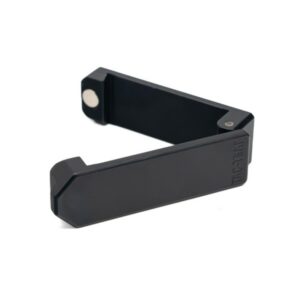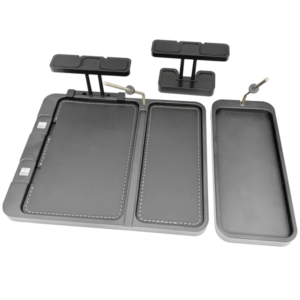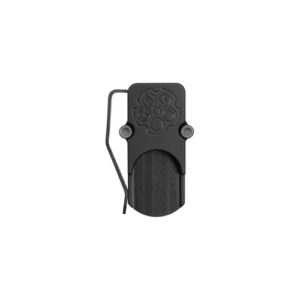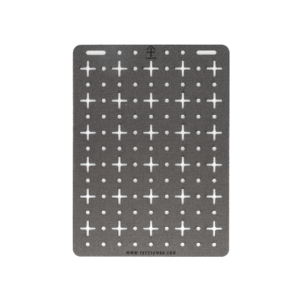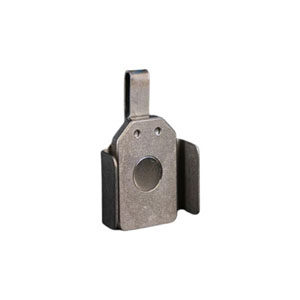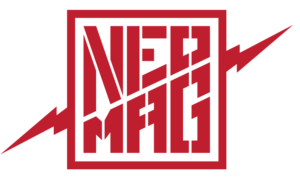Understanding basic gun terminology is essential for safe and effective operation and increasing your overall shooting experience. So whether you’re at the range, considering a purchase, or simply curious about firearm mechanics, our gun jargon guide will equip you with the knowledge you need to feel confident and informed.
Basic Firearm Terms
Navigating the world of firearms requires a solid understanding of its fundamental terminology.
General Firearm Terminology
Action
A firearm’s action is the mechanism that loads, fires, and ejects cartridges. Types of actions include bolt-action, lever-action, pump-action, and semi-automatic, each offering different benefits depending on the intended use.
- Bolt-Action: In bolt-action firearms, the shooter manually operates a bolt handle to chamber a round, cock the firing mechanism, and extract the spent cartridge. This type of action is known for its precision and reliability, making it a popular choice for hunting and long-range shooting.
- Lever-Action: Lever-action firearms use a lever located near the trigger to chamber a round, cock the hammer, and eject the spent cartridge. This action is known for its speed and smooth operation, often seen in cowboy-style rifles. Lever-action rifles quickly fire successive rounds, making them suitable for hunting and sport shooting.
- Pump-Action: In pump-action firearms, the shooter manually slides a fore-end back and forth to eject a spent cartridge and chamber a new one. This action is often found in shotguns and is valued for its reliability and simplicity.
- Semi-Automatic: A semi-automatic firearm automatically chambers a new round after each shot, but the trigger must be pulled for each round fired. This action allows for faster follow-up shots compared to bolt-action and lever-action firearms. Semi-automatic firearms are versatile and popular in various settings, including self-defense, hunting, and competitive shooting.
Bullet
Bullets are projectiles that are expelled from the firearm’s barrel when a round is fired. They come in various shapes, sizes, and materials, each designed for specific purposes, such as target shooting, hunting, or self-defense.
Caliber
This term refers to the diameter of the bore of a firearm barrel, measured in inches or millimeters. While technically referring to the barrel’s internal diameter, “caliber” is often used informally to refer to the ammunition itself, such as “a .45 caliber round.”
Check out All About Gun Calibers for a deeper dive.
Cartridge
The complete unit of ammunition consists of the bullet, casing, primer, and powder. The cartridge is loaded into the firearm’s chamber and is what is fired when the trigger is pulled. The casing is typically ejected after firing in semi-automatic and automatic guns.
Primer
A small, sensitive explosive charge located at the base of the cartridge. When struck by the firing pin or hammer, the primer ignites the powder inside the cartridge, which propels the bullet out of the barrel.
Parts of a Firearm
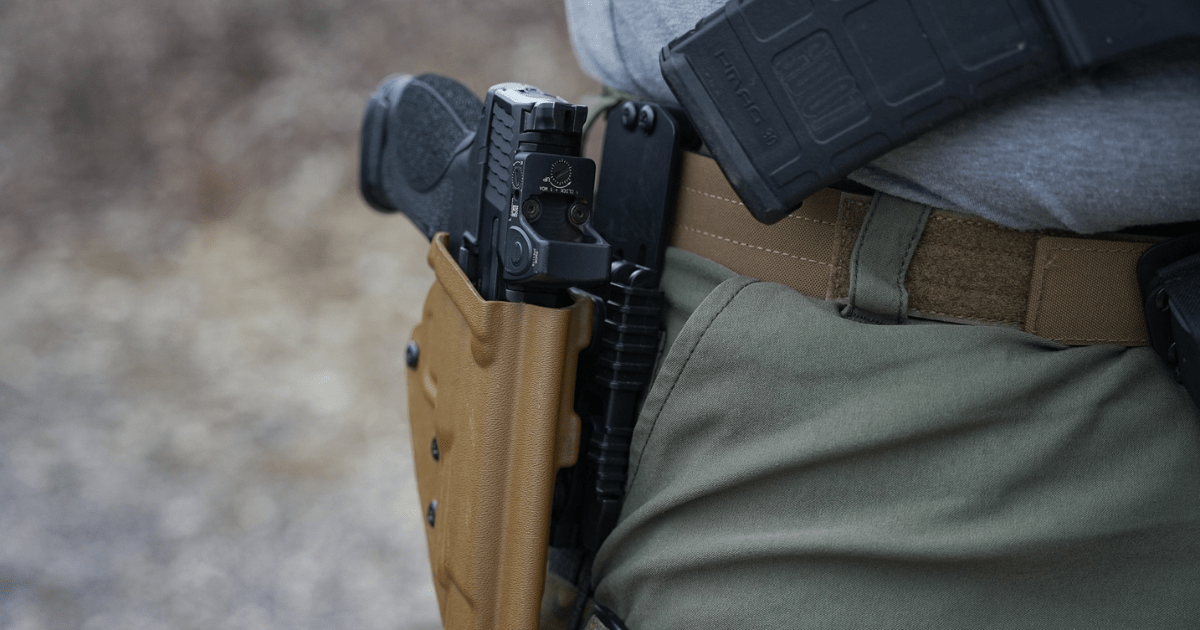
Barrel
The gun barrel is the part the bullet travels through. A clean and well-maintained barrel provides accurate shooting and prevents malfunctions.
Firing Pin
A small rod or pin that strikes the primer of the cartridge when the trigger is pulled, causing the primer to ignite the gunpowder and fire the bullet. The firing pin is a crucial component in both striker-fired and hammer-fired mechanisms.
Grip
The grip is the part of the gun the shooter holds. Customizable grips are available to improve comfort, control, and accuracy.
Hammer
A metal piece that strikes the firing pin (or directly strikes the primer in some firearms) to initiate the firing of a round. The hammer can be either external, visible, and manually cocked in some firearms or internal and automatically cocked by the action of the gun.
Magazine
This component holds the ammunition and feeds it into the firearm. Magazines can be either detachable (as in many semi-automatic firearms) or fixed (as in some rifles and shotguns), which impacts how the firearm is loaded and unloaded.
Muzzle
The muzzle is the front end of the barrel where the bullet exits. Its condition and design can impact accuracy and bullet velocity.
Safety
The safety is the mechanism of a firearm designed to prevent accidental discharge. Engaging the safety is a fundamental practice and critical defense against unintentional firing. Familiarize yourself with your firearm’s safety mechanism so it is always engaged when it is not used.
Slide
Found on semi-automatic handguns, the slide moves back and forth during firing, facilitating the ejection of spent cases and chambering of new rounds.
Trigger
The trigger is the lever that initiates the firing sequence when pulled. Familiarity with your firearm’s trigger pull and reset is important for accuracy and control.
Your trigger will typically be either “single action”’ or “double action,” specifically referring to the trigger mechanisms and how they operate with the firearm’s hammer or striker.
- Single Action (SA): In a single-action firearm, the trigger performs one function: releasing the hammer or striker. This means that the hammer or striker must be manually cocked (usually by pulling the hammer back or cycling the slide) before the firearm can be fired. The trigger pull in single-action mode is typically shorter and lighter, making it easier to shoot accurately. Single-action is often found in traditional revolvers and some semi-automatic pistols.
- Double Action (DA): In a double-action firearm, the trigger performs two functions: cocking and releasing the hammer or striker. This results in a longer and heavier trigger pull than a single action. Double-action firearms can be fired without manually cocking the hammer, allowing for quicker shots in a self-defense scenario. Many modern handguns are double-action/single-action (DA/SA), meaning they can operate in both modes.
- Hammer-Fired: A type of firing mechanism where a hammer strikes the firing pin to ignite the cartridge, found in single-action and double-action firearms.
- Striker-Fired: Another common firing mechanism commonly found in modern semi-automatic pistols, where the firing pin (striker) is partially cocked by the action of the slide and fully cocked when the trigger is pulled.
Trigger Reset
Trigger reset is when the trigger re-engages the sear (this holds the hammer, striker, or firing pin in a cocked position) after being pulled and released. Understanding and practicing trigger reset allows quicker follow-up shots by reducing the distance the trigger needs to travel for the next shot.
Types of Firearms
Handgun
This is a compact firearm designed to be operated with one hand. Handguns are popular for personal defense due to their portability and concealment.
Read Handgun Sizes 101: Everything You Need to Know and The Best Handguns for Women for a deeper dive into different handguns.
Revolver
A revolver is a handgun with a revolving cylinder that holds multiple rounds, typically six. Each time the trigger is pulled, the cylinder rotates, aligning the next round with the barrel.
Rifle
A rifle is a long-barreled firearm designed for precision shooting, typically fired from the shoulder. Rifles are commonly used for hunting and long-range target shooting.
Shotgun
This type of firearm is designed to fire from the shoulder and is often used for shooting moving targets, such as clay pigeon shooting or bird hunting.
Gun Accessories and Related Terms
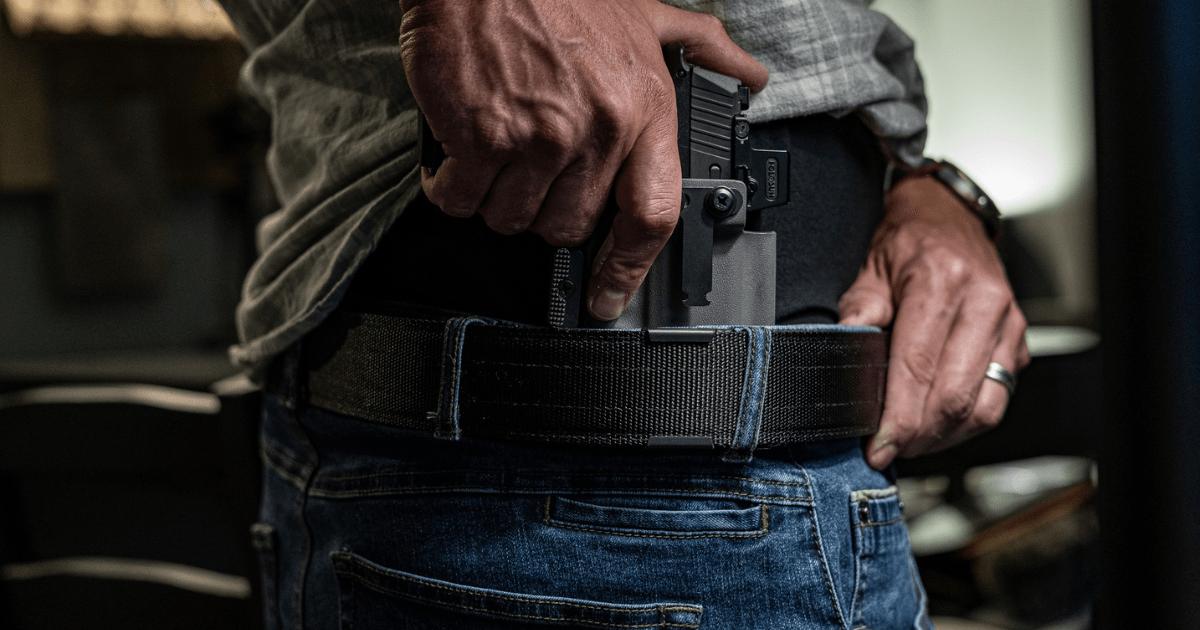
Understanding the various accessories and their functionalities is key to boosting your shooting experience and safety.
Draw
The draw is the method of pulling the firearm from the holster. A swift and smooth draw is crucial for effective use, particularly in self-defense scenarios.
Holster
A holster is a device used to carry and secure a firearm on the body. It is important for safety, accessibility, and ease of use. Different types of holsters cater to various carrying preferences.
- Ankle Holsters: Ideal for carrying a backup firearm, allowing for discreet and accessible storage.
- Belly Band Holsters: These flexible, wide bands wrap around the torso and can hold a firearm and additional items. They are versatile and can be worn in multiple positions, making them a popular choice for deep concealment.
- Chest Holsters: Worn across the chest, these holsters are often favored by those engaged in outdoor activities like hiking, where traditional holsters might be uncomfortable or impractical.
- Inside-the-Waistband (IWB) Holsters: These are concealed within the waistband, offering discretion and ease of access for concealed carry enthusiasts. We offer a beltless holster that works excellent for IWB concealed carry. Read The Advantages of Using a Beltless Holster for Concealed Carry for more.
- Outside-the-Waistband (OWB) Holsters: Because they are worn outside the waistband, these are often preferred for open carry due to their comfort and accessibility.
- Shoulder Holsters: These provide an alternative carrying position, especially useful when sitting for extended periods or wearing a jacket.
- Thigh Holsters (Drop-Leg Holsters): Commonly used by law enforcement and military personnel, thigh holsters are strapped to the upper leg and offer a secure and accessible carry option, especially when wearing body armor or tactical gear.
If you are also looking for a holster for your vehicle, read Choosing the Best Gun Holster for Your Car or Truck.
Laser Sight
A laser sight projects a laser beam onto the target, aiding in precise aiming. It is beneficial in low-light conditions, providing a visual point of reference for the shooter.
Magazine Capacity
Magazine capacity refers to the number of rounds a magazine can hold. Understanding the capacity is essential for compliance with local laws and providing you with enough ammunition.
Magazine Loader
A magazine loader is a device that assists in loading ammunition into a magazine, saving time and reducing the strain on the fingers. It is a valuable tool for those who frequently reload magazines.
Muzzle Brake
A muzzle brake is an accessory attached to a firearm’s muzzle that redirects propellant gases to counteract recoil and muzzle rise. This helps shooters stay on target for quicker follow-up shots.
Red Dot Sight
A red dot sight is a non-magnifying reflector sight that allows the shooter to see a red dot superimposed on the target. It increases aiming speed and accuracy, especially in dynamic shooting situations.
Retention
Retention is the mechanism that keeps the firearm securely in the holster, preventing accidental discharges. A good retention system keeps the gun in place during movement and provides security while carrying. Retention systems can be passive (friction-based) or active (requiring a manual release).
Suppressor
A suppressor (also known as a silencer) is attached to the barrel of a firearm to reduce the noise and muzzle flash produced when firing. This accessory benefits hearing protection and reduces disturbance in environments where noise is a concern.
Carrying Methods and Concealment Terms
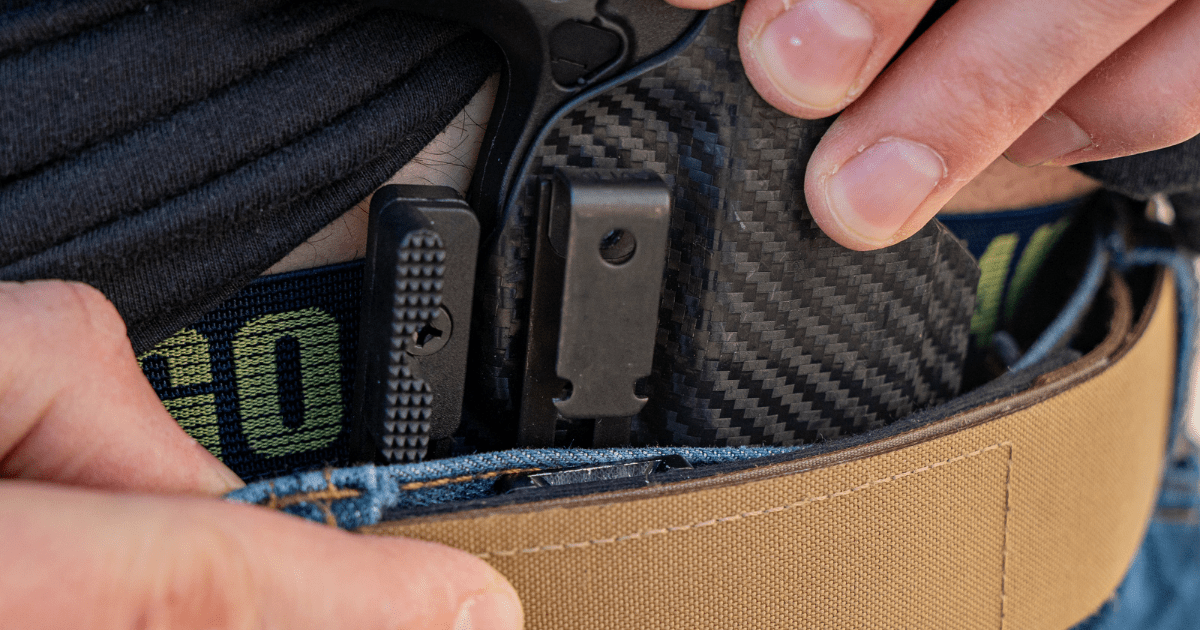
When selecting a carrying method, consider factors such as body type, daily activities, and personal comfort. The right choice should blend into your lifestyle while keeping your firearm secure and accessible.
Appendix Carry
Appendix carry involves positioning the firearm at the front of the body near the appendix. AIWB (Appendix Inside the Waistband) is a popular version of this carry, combining concealment with quick access. However, careful attention to holster design and firearm safety is essential to mitigate potential risks.
CCW (Concealed Carry Weapon)
CCW is the practice of carrying a firearm concealed from view, which provides both a tactical advantage and compliance with legal requirements in many areas. Depending on your preferences, you can use an IWB or OWB holster for concealed carry.
Cross-Draw Carry
Cross-draw carry involves positioning the firearm on the opposite side of the dominant hand, requiring the shooter to reach across the body to draw the weapon. This method can be advantageous when sitting for extended periods, such as driving, but may be slower and less secure than strong-side carry.
EDC (Everyday Carry)
This refers to the collection of items an individual carries daily, often tailored to their personal needs and routines. For many, this includes a firearm, making the choice of carrying method an important aspect of preparedness and self-defense.
For more information on EDC, read:
- A Beginner’s Guide to Self-Defense EDC
- How I Juggle My EDC Items
- Urban EDC Essentials: Gear Up for City Life
If you choose the EDC method, consider getting a magnetic pocket magazine holder and EDC tray to keep you organized.
Off Body Carry
Off-body carry refers to carrying a firearm in a bag, purse, or other container rather than on the body. While this method offers flexibility and ease of concealment, it also requires diligent awareness of the firearm’s location and security since it is not always under the user’s control.
Pocket Carry
Pocket carry carries a small firearm in a pocket, typically with a specialized holster for safety and accessibility. This method suits those who prefer minimalistic carry options but still want to maintain readiness.
Small of Back (SOB)
SOB carry places the firearm at the lower back. While it allows for effective concealment, users should be cautious of comfort and accessibility challenges, especially when sitting.
Strong-Side Carry
Strong-side carry involves placing the firearm on the same side as the dominant hand, typically around the 3 to 5 o’clock position for right-handed shooters (or 9 to 7 o’clock for left-handed shooters). This method is popular for its natural and intuitive draw, making it a common choice for open and concealed carry.
Shooting Terms
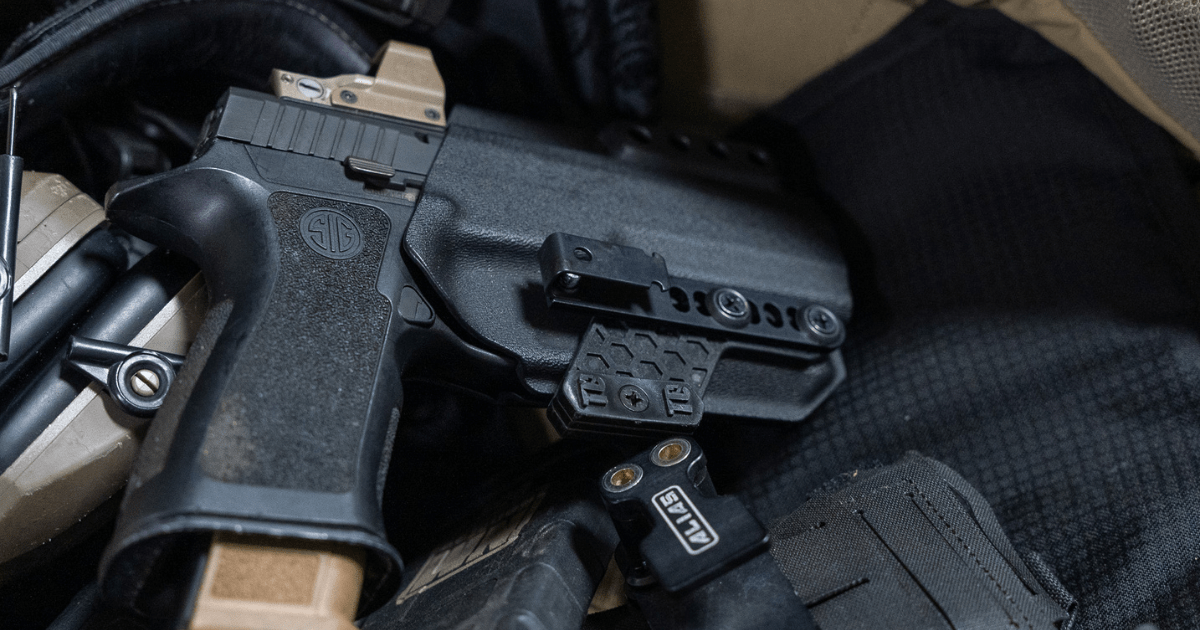
Understanding shooting terms is essential for any firearm enthusiast, whether you’re honing your skills at the range or preparing for personal defense.
Ballistics
Ballistics is the study of the behavior of projectiles, including bullets, after they’ve been fired. Understanding ballistics helps shooters choose ammunition types and anticipate factors like bullet drop and wind drift, which can affect accuracy over distances.
Dry Fire
Dry fire practice involves rehearsing trigger control and sight alignment with an unloaded firearm. This safe and effective training method allows shooters to refine their skills without needing live ammunition, focusing on muscle memory and technique.
Follow-Through
Follow-through refers to a shooter’s actions immediately after firing a shot, including maintaining sight alignment, controlling the trigger, and steadying the firearm. Proper follow-through is important for accuracy, especially when shooting multiple rounds in quick succession.
Grip Technique
Grip refers to how the shooter holds the firearm, directly impacting control, recoil management, and accuracy. A proper grip allows the shooter to manage recoil and maintain control of the gun during rapid fire or under stress.
Recoil
Recoil is the backward movement of a firearm when it is discharged. Effectively managing recoil is important to maintaining control and quickly reacquiring the target for follow-up shots. Techniques such as proper grip and stance can help shooters better handle recoil.
Sight Alignment
Sight alignment refers to properly positioning the firearm’s front and rear sights relative to each other. This means keeping the top of the front sight level with the top of the rear sight and having equal light on either side of the front sight within the rear sight notch. Misalignment between the sights can cause the shot to miss the intended target.
Sight Picture
Sight picture is the visual relationship between the aligned sights and the target. It involves superimposing the correctly aligned front and rear sights onto the desired point of impact on the target. A clear and consistent sight picture helps ensure the bullet strikes where you intend. Sight picture combines sight alignment and target acquisition, making it vital for precision shooting.
Stance
Stance refers to the shooter’s body position while firing. A solid stance provides stability, balance, and recoil control. Common stances include the Isosceles and Weaver stances, each offering different advantages depending on the situation.
Trigger Discipline
Trigger discipline is keeping your finger off the trigger until you are ready to shoot. This habit is essential for preventing accidental discharges and is a cornerstone of firearm safety training.
Trigger Pull
Trigger pull is the act of pulling the trigger to discharge a round. A smooth, controlled trigger pull is important for accuracy, as excessive force can disrupt the sight picture and cause misses.
Safety and Legal Terms*
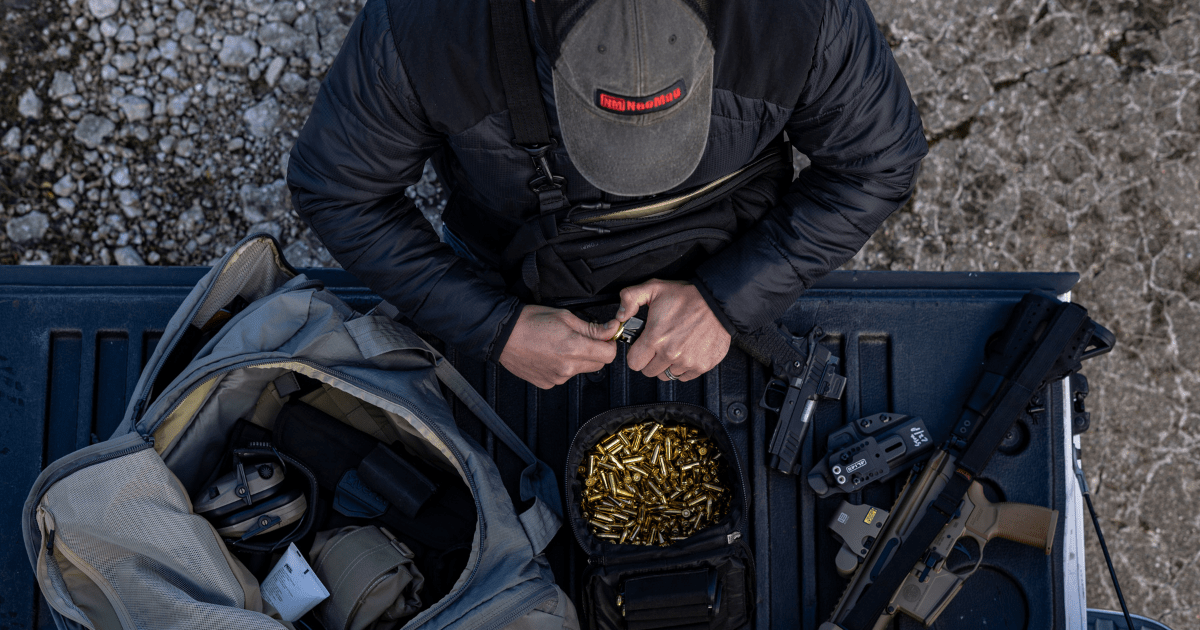
Understanding safety and legal terminology is vital for responsible firearm ownership and operation.
Background Check
This involves reviewing an individual’s criminal, mental health, and other pertinent records before permitting the purchase of a firearm. This process is a legal requirement in many jurisdictions and serves to prevent firearms from falling into the hands of those who may pose a risk to public safety.
Castle Doctrine
The Castle Doctrine is a legal principle that grants individuals the right to use reasonable, and sometimes deadly, force to defend their home or “castle” from an intruder. This doctrine generally supports the notion that one does not have to retreat when faced with a threat in their home. The specifics of the Castle Doctrine vary by state, including what constitutes reasonable force and the situations in which it applies.
Duty to Retreat
Duty to Retreat is a legal principle that requires an individual to avoid using deadly force by retreating from a threat if it is safe. This concept contrasts with Stand Your Ground laws, as it emphasizes de-escalation and avoidance of conflict whenever possible. The obligation to retreat is often specific to certain states and situations.
Stand Your Ground Laws
Stand Your Ground laws allow individuals to use force, including deadly force, in self-defense without the obligation to retreat, even when they are outside their homes. These laws protect the right to defend oneself or others from imminent threats. However, the application of these laws can vary widely between different states and regions, so it’s important to be familiar with the specific laws in your area.
*Check your state and local ordinances to understand your area’s laws and regulations. They can differ significantly and affect your rights and responsibilities as a firearm owner.
Empowering Your with Firearm Knowledge
Being well-informed is the foundation of responsible gun ownership, from the mechanics of different firearm actions to the legal principles that govern self-defense. As you continue your journey, remember to practice safety and stay updated on the laws in your area.


